Join children’s author and illustrator Christie Bounsall as she talks about what inspires her, the importance of rhyme in the early years and how she comes up with quirky characters.
I sat down with Christie Bounsall a children’s writer and illustrator who loves to bring to life quirky characters and unconventional creatures on the pages of her magical children’s books.
So far, Christie has written six children’s stories, two of which, ‘Rebecca the Woodpecker’ and ‘It’s Not Tokay’ she has illustrated herself. Whilst all her stories are wonderfully different, there’s always an underlying theme of courage and eccentricity that is prevalent in all her leading characters.
Join us for this Q&A as Christie discusses how nature inspires her, the importance of rhyme in children’s book and how she comes up with such wonderfully unique stories.
Explain a little bit about your career and what inspired you to become a children’s writer and illustrator
CB: I completed a degree in illustration at the University of the West of England in Bristol, but my work whilst in university was mostly editorial (illustrating articles for magazines, journals etc). The idea for my first children’s book came to me when I was finishing my degree. I then worked at Cardiff Libraries and lead story time sessions for children. Whilst working there I was enchanted by the colourful and humorous stories I was reading. I finished the illustrations for my first picture book in my spare time and started jotting down ideas for other stories. I’ve always loved escapism and diving into a different dimension.
Writing and illustrating children’s books immerses you in another world where anything is possible, which is why I’d choose writing and illustrating over anything. I’ve had some commissions over the years which I’ve done in my spare time. I currently work for a home care company Monday to Friday, so my writing and illustrating take place in the evenings and on my days off. I have to manage my time well, which can be challenging at times, but creating art is such a refreshing way to reset my mind after a long day.
Your books feature a lot of quirky characters. Where do you get your inspiration for them and how do you bring them to life through your illustrations?
CB: I get the ideas for my characters from the most unexpected places! My first book ‘Rebecca the Woodpecker’ came to me when I was sitting in my friend’s attic bedroom. I looked up at the wooden beams and spotted two knots in the wood with a beak shape coming off them. I thought “Oh it looks like a bird… a woodpecker...a wooden woodpecker... Rebecca the Wooden Woodpecker!” and the whole story just enfolded there and then.
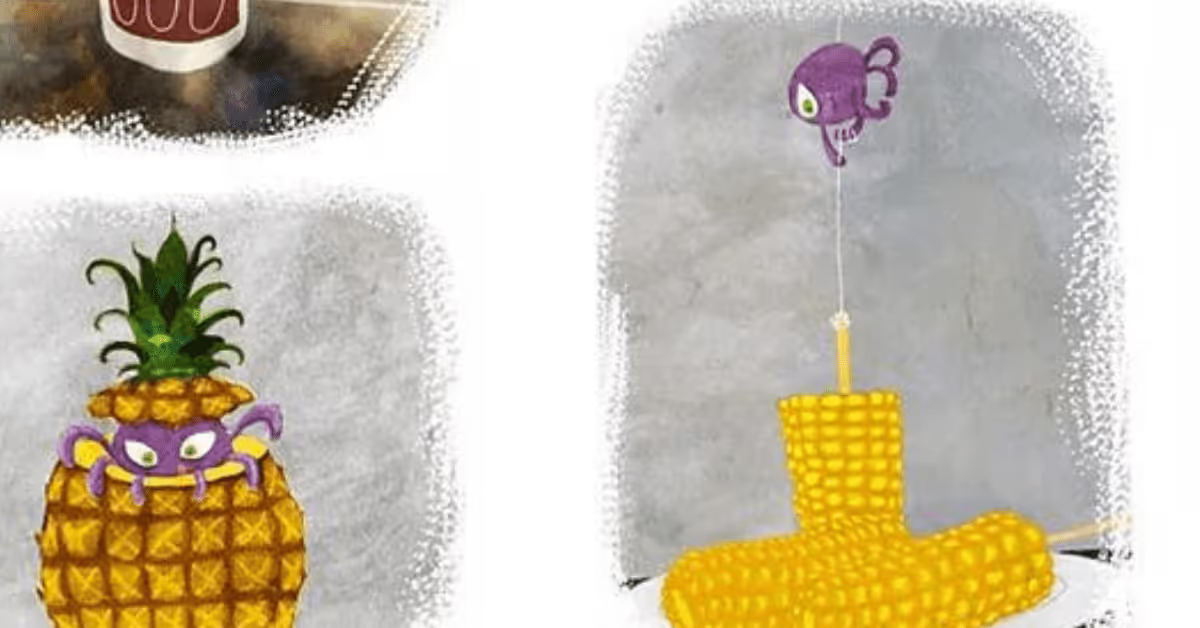
The story I am currently working on, ‘The Weavin’ Vegan’ is about a spider who ditches her diet of flies to eat fruits and vegetables. I wrote this whilst I was living on a farm in Australia some years ago. I was in tropical Queensland and my cabin had so many different types of giant spiders scuttling around. I was initially terrified but after a few weeks of having them for company I realised spiders are really quite decent creatures. I was picking my own fruit and veg to eat whilst I was there, so I think the lifestyle inspired the book’s theme of healthy eating.
Generally, my ideas come from my own experiences, but I do always take some inspiration from other writers and illustrators. Once I have an idea in my head, it’s just a case of drawing over and over again until the character reveals itself, there is a lot of trial and error. I always start by making lots of sketches from photos of that particular animal, as this gives me a good starting point.
Why do you think introducing these characters in your stories is so important to young children?
CB: The one thing my characters have in common is their bravery and ability to stay true to themselves in the face of resistance. I think it’s important for children to have role models who show them that being different is beautiful and staying true to your beliefs can lead you to unexpected and wonderful places.
All your stories are written in rhyme, what’s the importance of rhyme and repetition in children’s literature?
CB: Rhyme and rhythm is a fantastic way to engage young children. I remember reading rhyming stories at storytime sessions and the children would love guessing the next word in a line. I like to put incomplete rhymes on a page, so the reader has to turn the page to complete the verse; it’s a great way to keep children entertained and excited to find out what comes next.
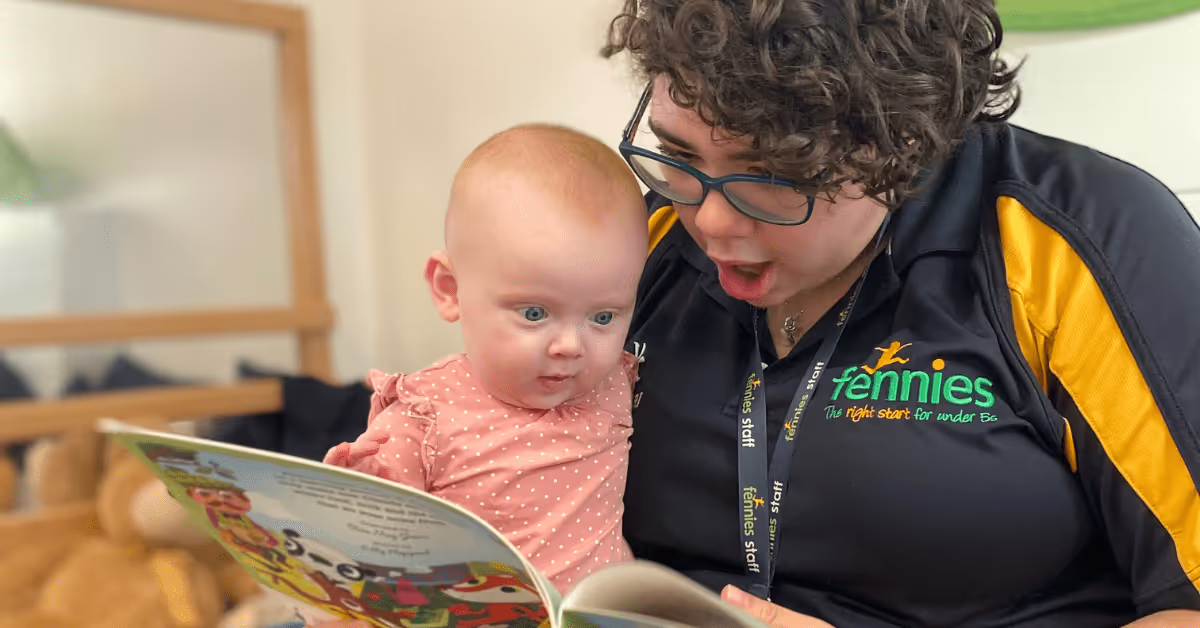
The rhythmic pace and use of repetition have a musical quality and help readers to understand sound and language in early childhood development. Anticipating the next rhyming word encourages a child to use their imagination and come up with sounds and ideas for themselves, which is great fun.
What are your main themes throughout your stories? Why are these themes important to children?
CB: Courage and tenacity are prevalent themes I tend to explore in my work. So many of my characters have a goal in mind and ruthlessly pursue it despite the obstacles in their way. I have always been quite self-conscious and worried about other people’s opinions, so I think I like to create a character who is gutsy and doesn’t care what other people think, as a sort of alter ego for myself to learn from!
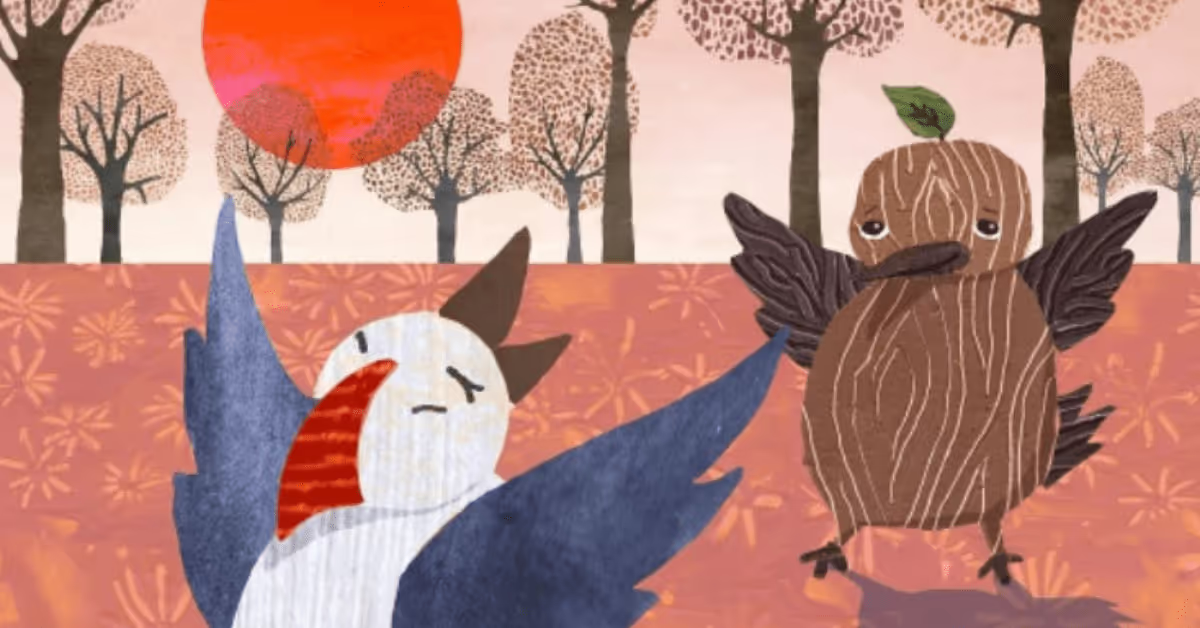
In 'Rebecca the Woodpecker’, compassion and empathy are also strong themes; Rebecca, although feeling rejected and lonely (as she cannot fly) rescues another bird who is drowning. The bird and his friends thank Rebecca by making her a huge multicoloured set of wings out of their different feathers. This also communicates the importance of teamwork and how working together can make a positive difference.
Compassion to me is an important trait to communicate in picture books, as children absorb what they see in images prior to understanding language. Empathy and compassion are also qualities which help form healthy bonds and relationships, so images which relate to this play a very positive role in a child’s development.
How do you translate the themes of your stories visually through your illustrations?
CB: I like to focus on the facial expressions and body language of my characters to convey the mood or theme of a story. In ‘Rebecca the Woodpecker’, for example, she is hunched over with tears running down her face and looking downward in the beginning, but in the end, her chest is puffed out, her wings are spread, and she has a wide smile. Her open body language relates to her elation and newfound confidence.
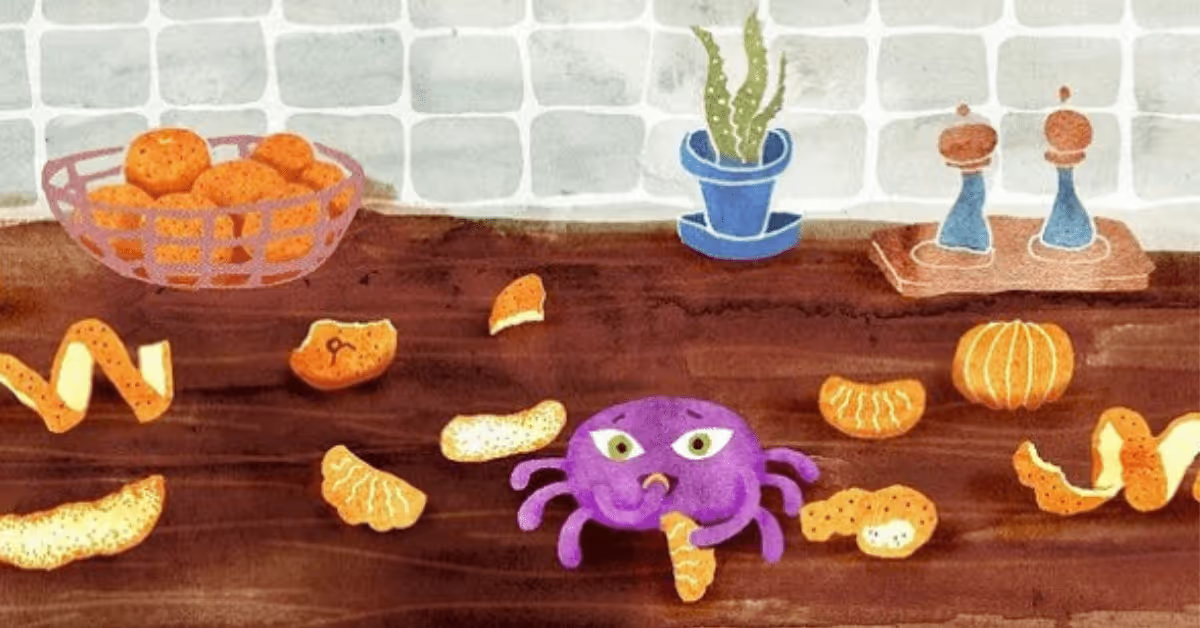
Eyes are also very important; I tend to draw a character’s eyes many times trying different things out until I’m happy they are saying what I want them to. A raised eyebrow and sideways stare communicate doubt and suspicion, and closed eyes whilst eating suggests the character is completely immersed in a delicious meal.
As I’m drawing these expressions I can’t help but pull the faces myself, which gets me some funny looks if I’m drawing in public! I also use colour and texture to get a mood across. For example, angry red splats of paint or scribbles in the background might be used when a character explodes in a fit of rage, a dark expanse of black sky might be used to convey a character’s loneliness, or a golden yellow sunrise backdrop might depict a hopeful ending to a story.
What advice would you give to parents who want to spark creativity in their children?
CB: Have fun with your child and encourage them to play with ideas without a goal in mind. You could have simple props such as yarn or a cardboard box handy to spark a child’s imagination, allowing children to explore ideas physically really helps their personal development.

Don’t criticise a child’s drawing or ideas, the more encouraging you are the more they will want to create. It’s probably also a good idea not to have too much screen time, as children might not access their imagination if there’s lots of stimulation in front of them on a screen. Ask your child lots of questions and go along with their creative answers and see where it takes you both.
How do you ensure the characters you create in your stories instils the importance of diversity?
CB: I like to think diversity is celebrated in my stories. Rebecca the Woodpecker is an outcast and looks different to all the other birds, but also goes unnoticed as she blends into the trees in the forest. The coming together of all the other birds at the end of the story to support her has a powerful message of acceptance and inclusion.
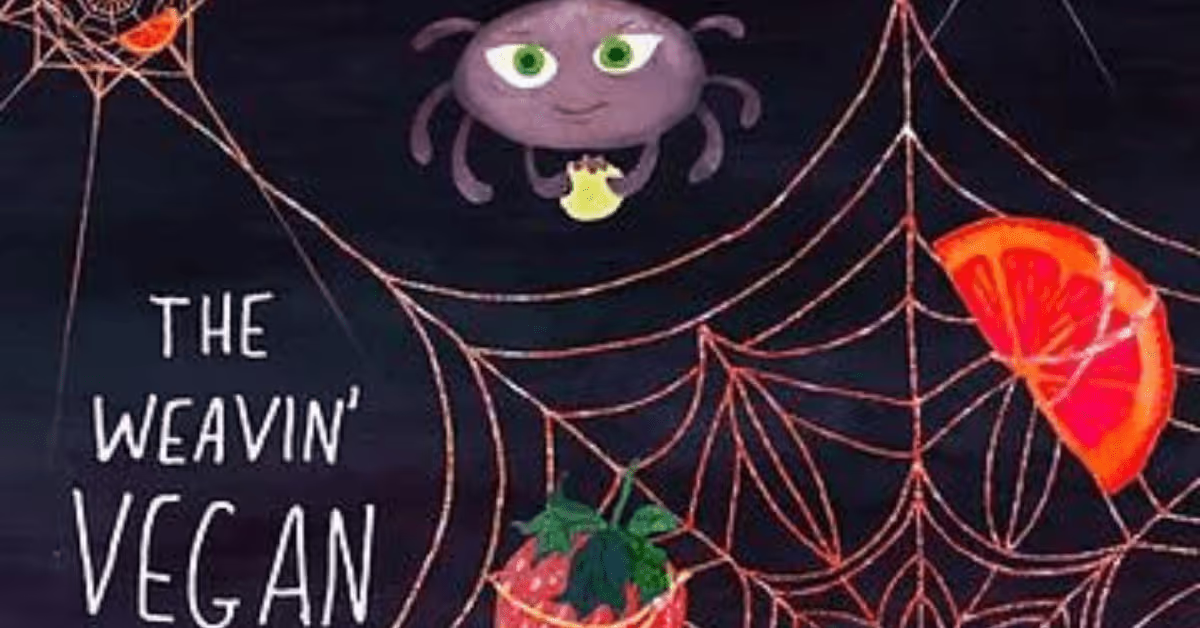
The same goes for the current book I’m illustrating, ‘The Weavin’ Vegan’, in which Steph (the Spider) is banished from her friendship group for her contrary beliefs and values. In the end, all the spiders see her for the beautiful being she is. They decide to listen and even adopt some of her traits after they see the positive difference she has made in the world. I think diversity needs to always be considered when creating children’s books, particularly when social settings are represented.
It’s wonderful that more and more books are out there which represent children from various backgrounds and all types of families. Having the theme of diversity woven into so many stories in these times helps to make children more aware, reducing stigma and encouraging children to think in an inclusive and open-minded way. Although my stories generally focus on animal characters, when I do illustrate a social setting, I do ask myself if I am reflecting our diverse cultural landscape. It’s certainly something I will be taking on board with future projects.
Which Authors and Illustrators inspire you?
CB: Growing up I loved the Hobbit and the Narnia books. C.S Lewis and Tolkien transport you to magical worlds you can get lost in. I also loved the dark humour and absurdity of Anthony Horowitz and Roald Dahl’s stories. My favourite picture books have been anything illustrated by Korky Paul such as ‘Professor Puffendorf’s Secret Potions’ and I loved Janet and Allan Ahlberg’s ‘Funny bones’. I really enjoyed stories depicting characters who were up to no good and causing mischief!
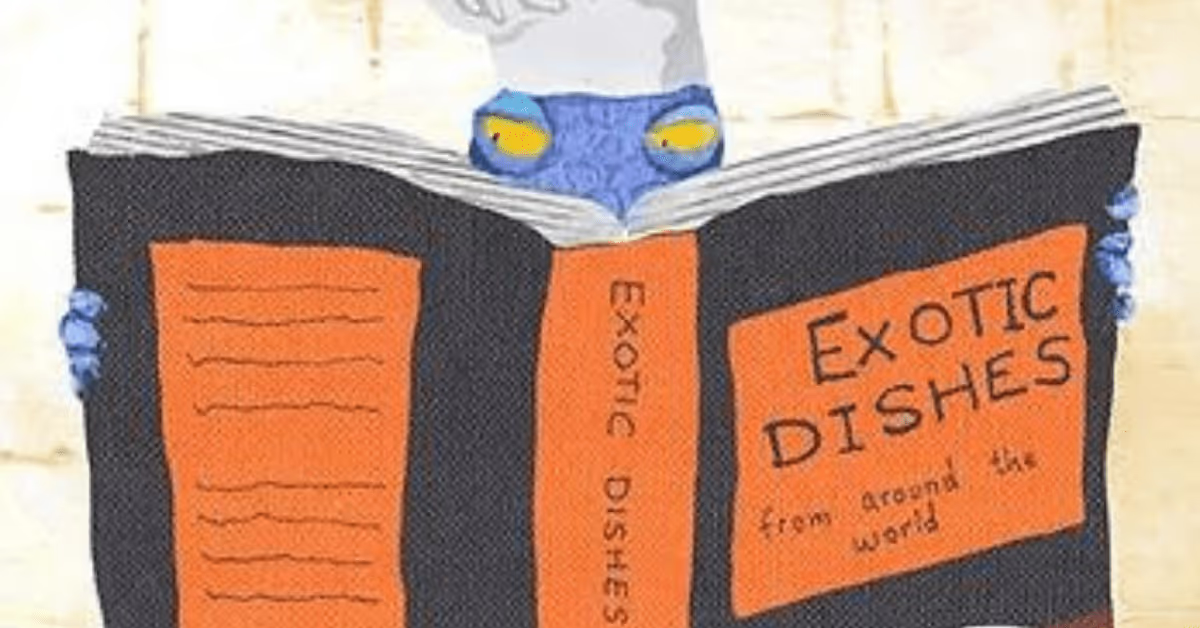
My second book, ‘It’s Not Tokay’, is about a naughty tokay gecko who takes revenge on his master’s partner for not feeding him all the creepy crawlies he likes, by setting them loose on her in the night. I drew a lot of inspiration from Korky Paul’s books when developing this character. Korky portrays mischief in his characters through their expressions and body language so well.
Another fantastic writer and illustrator who I came across recently is Sandra Diekmann. She wrote and illustrated a beautiful book called ‘Waiting for Wolf’ which is a story about overcoming grief. Her illustrations are dreamlike with evocative use of colour and meticulous detail. I also find the work of Tim Hopgood, Eric Carle and Frann Preston-Gannon very inspiring with their strong styles and use of colour and texture.
There are just so many beautifully illustrated children’s books out there to inspire you… I could go on forever!
What’s a typical day like for you?
CB: On a normal work day I come home after 5 and do half an hour of exercise (occasionally!), have my dinner, then sit down at my desk to work on my illustrations. These days it can be quite testing, and I have to break down whatever project I’m working on into small achievable daily goals. So each evening I say, ‘today I’m going to draw a duck’, and this gets me sitting down and drawing.
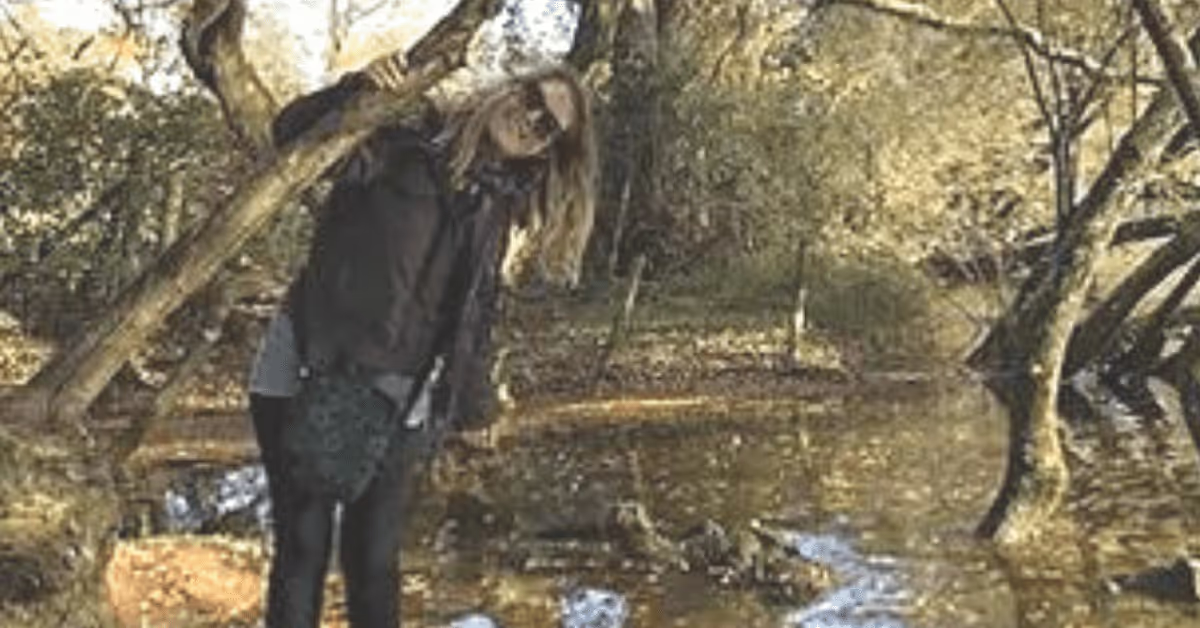
It’s much easier on the days when I’m not working. On these days I try to start creating as soon as I get up and have had breakfast. There’s an author I love who writes about creativity called Eric Maisel who says the most creative hours of the day are in the morning, so I try to follow this guidance whenever possible.
I do take a lot of breaks throughout the day to do some reading, play the guitar, meditate or do some chores. I find as a creative person, it’s possible to get too ‘thinky’ about your work and this can cause a creative block. Taking breaks gives my mind a chance to allow more ideas to flow in. I have to be careful not to procrastinate too much though!
How did you find your quirky illustration style and how has this developed over time?
CB: I developed a sort of digital, mixed media style in university. I found an illustrator who would draw ordinary household objects in a quirky, wobbly line drawing, making the object look warped and interesting. I adopted a similar style when I drew objects and collaged these drawings with various painterly textures digitally.

I never drew from my imagination because I simply believed I couldn’t, so I always worked from references and photos. It was a huge challenge for me when my picture book ideas came because suddenly, I needed to draw from my imagination. I must have drawn hundreds of terrible initial sketches for my first book, and needed CBT therapy just to teach me to enjoy the process and not to give up!
Each of my protagonists have a backlog of terrible drawings prior to the final characters being born. Now I am at that stage where I comfortably draw and rub out hundreds of sketches in search of my characters with the confidence that they will appear in the end!
How do you find inspiration and stay motivated creatively? Do you have a process?
CB: I visit the library a lot and borrow handfuls of picture books to give me visual stimulation and ideas. I enjoy watching films and animation which always inspire me, and I find taking a forest walk gives me the time to process ideas, I may spot a few interesting things whilst wandering. However, I don’t always feel motivated to create. I used to say ‘well I’ll wait until inspiration comes’, but if you think in that way you may be waiting a long time! The only solution to staying motivated is to just get out the pencil and paper and draw. The beauty of this method is that once you start, you become immersed, and one thing can lead to another. Ideas find you when you are in the act of creating. There’s a beautiful saying by Maya Angelou: “You can’t use up creativity. The more you use, the more you have.” which is such an inspiring message to anyone with an idea they might be putting off producing.
There’s a beautiful saying by Maya Angelou: “You can’t use up creativity. The more you use, the more you have.” which is such an inspiring message to anyone with an idea they might be putting off producing.
What projects are you currently working on?
CB: I’m currently halfway through illustrating ‘The Weavin’ Vegan’. I’m really excited to get this book completed before the end of the year and possibly published in time for Veganuary. Although it has a vegan theme it basically celebrates all the wonderful fruit and veg out there, so it’s accessible to everyone. The reader follows Steph the spider as she tries all the various fruits and vegetables, which results in her creating colourful webs all over the world. It will be a lot of fun for children to read and will hopefully help convince them to eat their greens! I’m posting Steph’s journey on my Instagram and trying out a few plant-based recipes as I go, for anyone who would like to follow along!
FAQ
Subscribe to our newsletter
Stay up to date with Fennies news


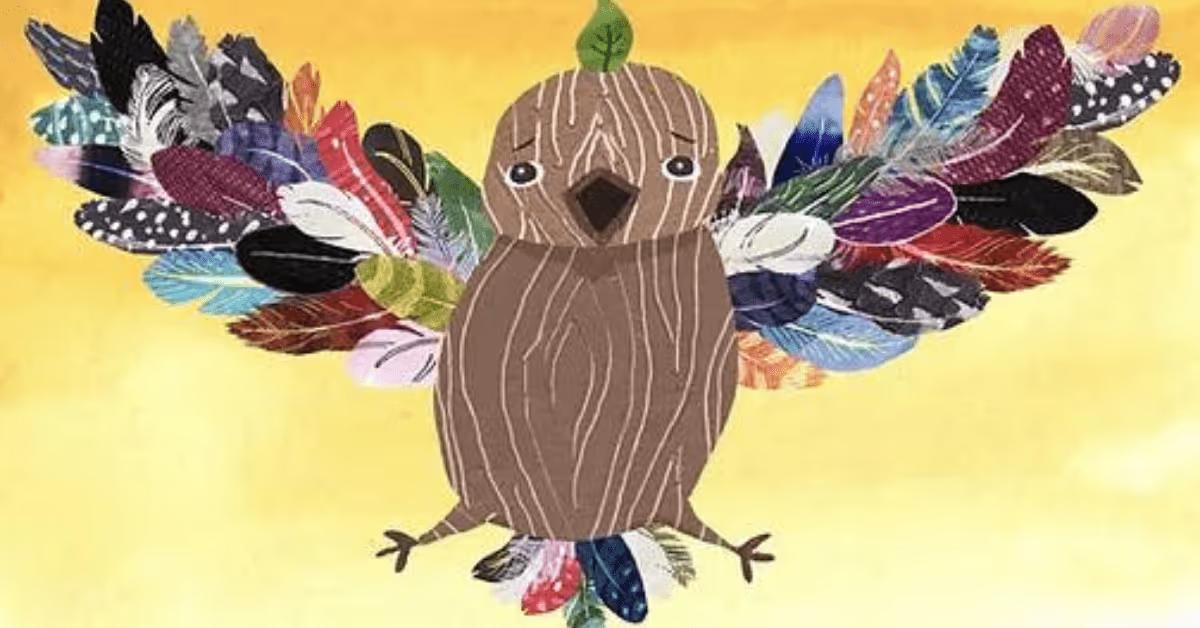
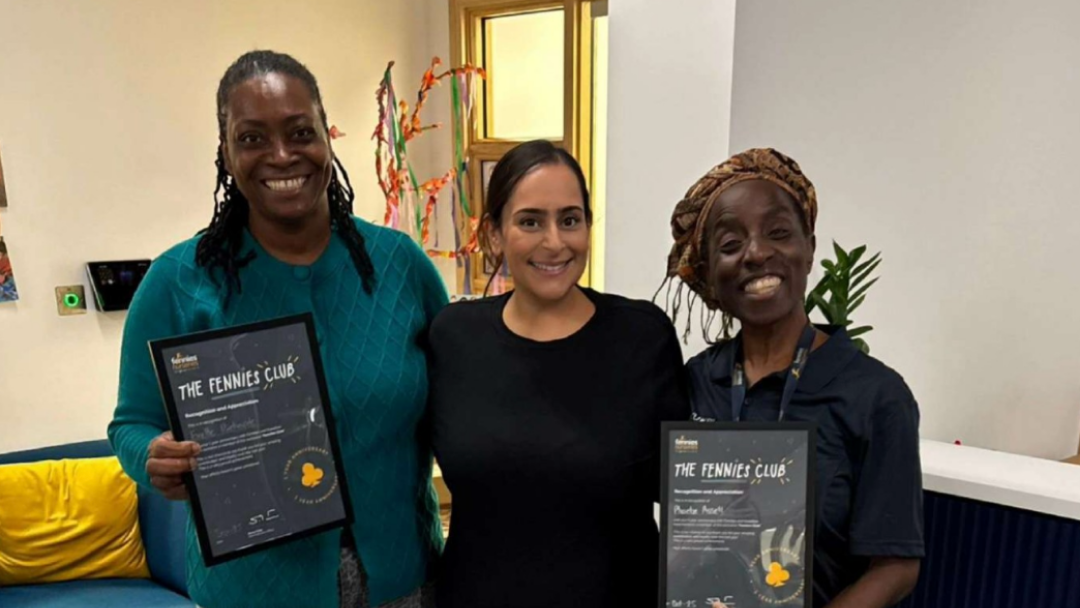
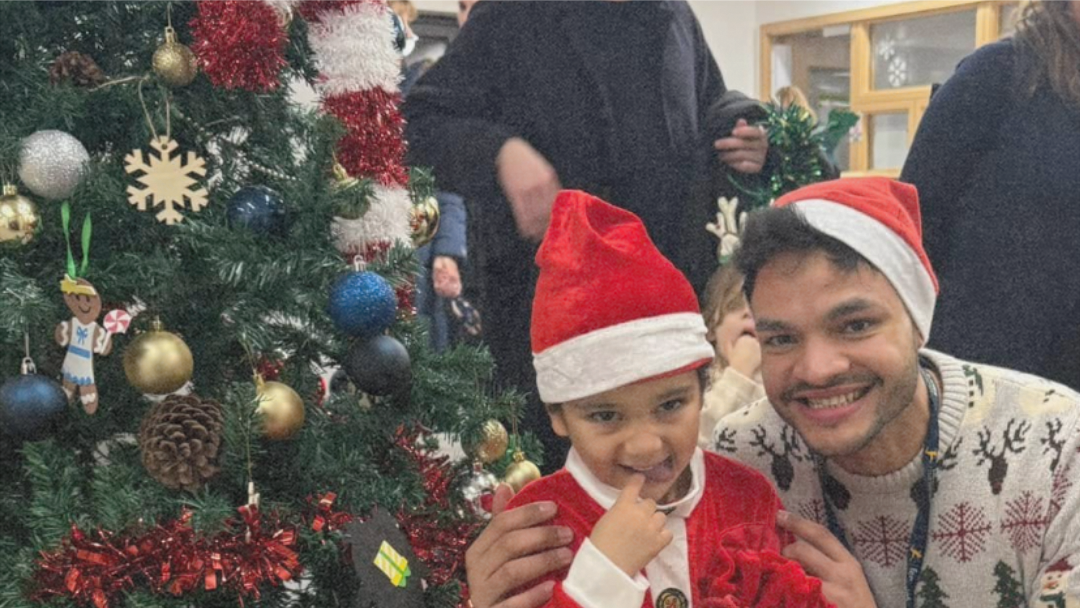
.png)
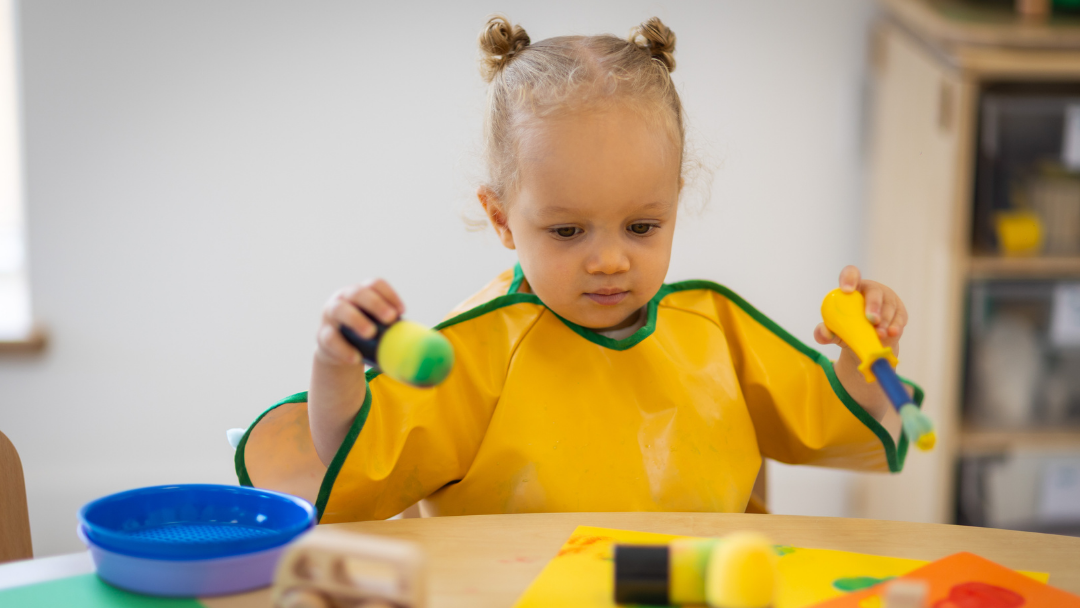


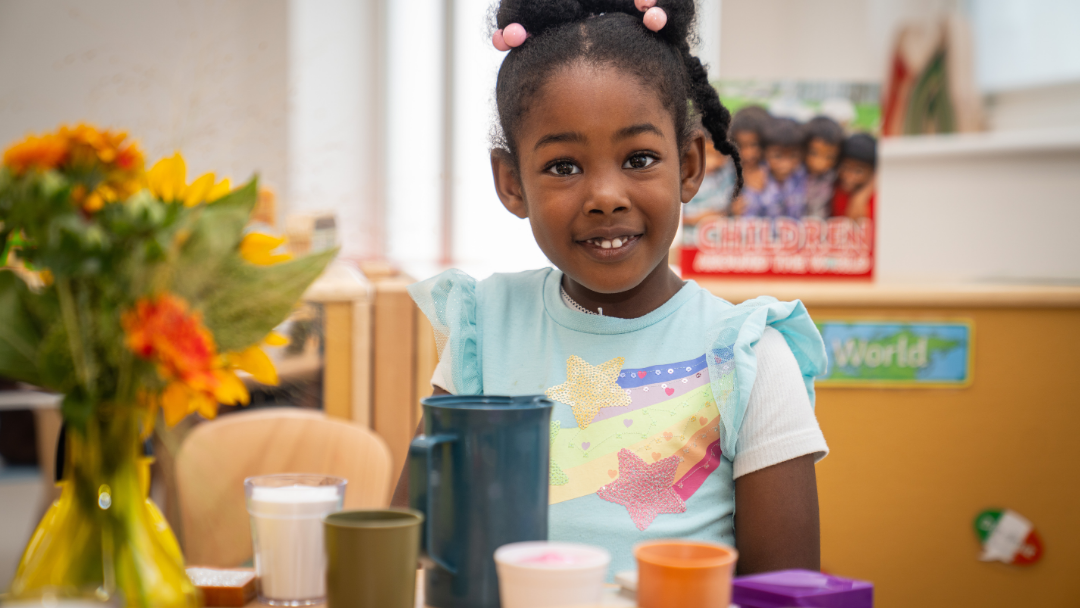
.png)